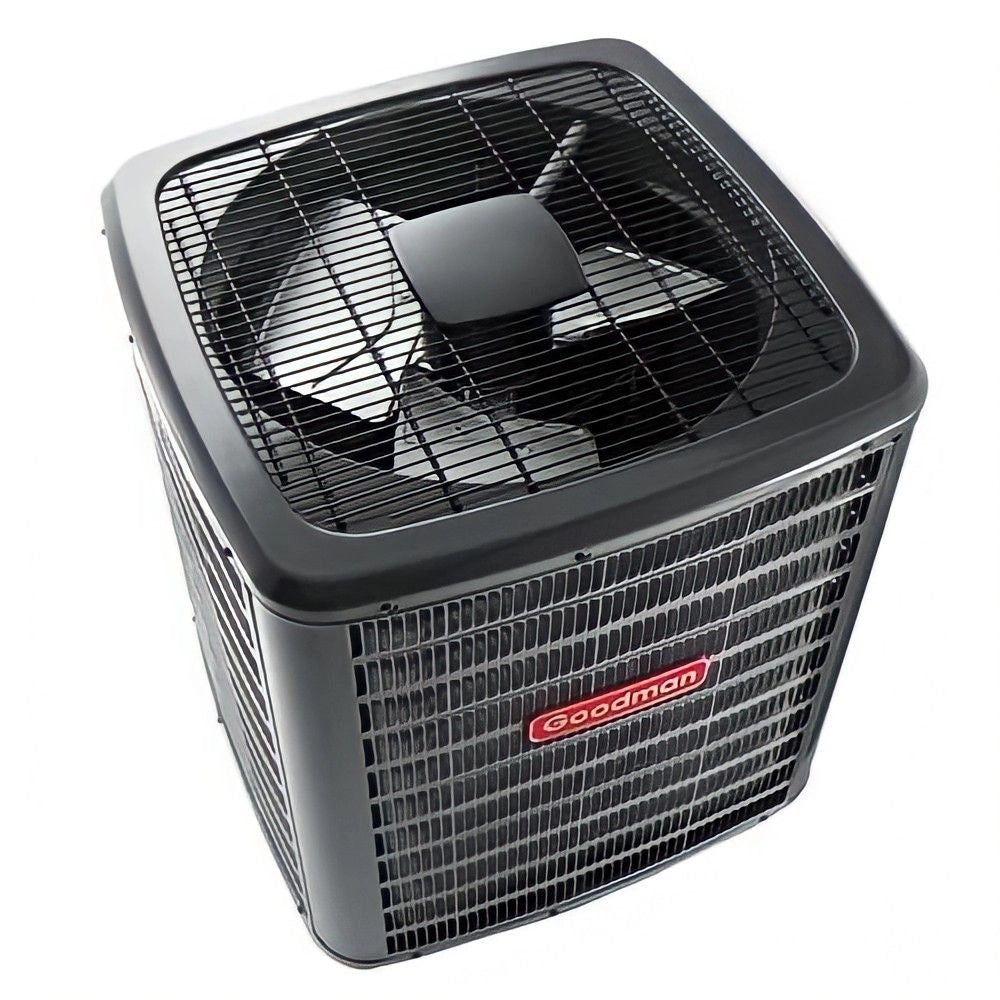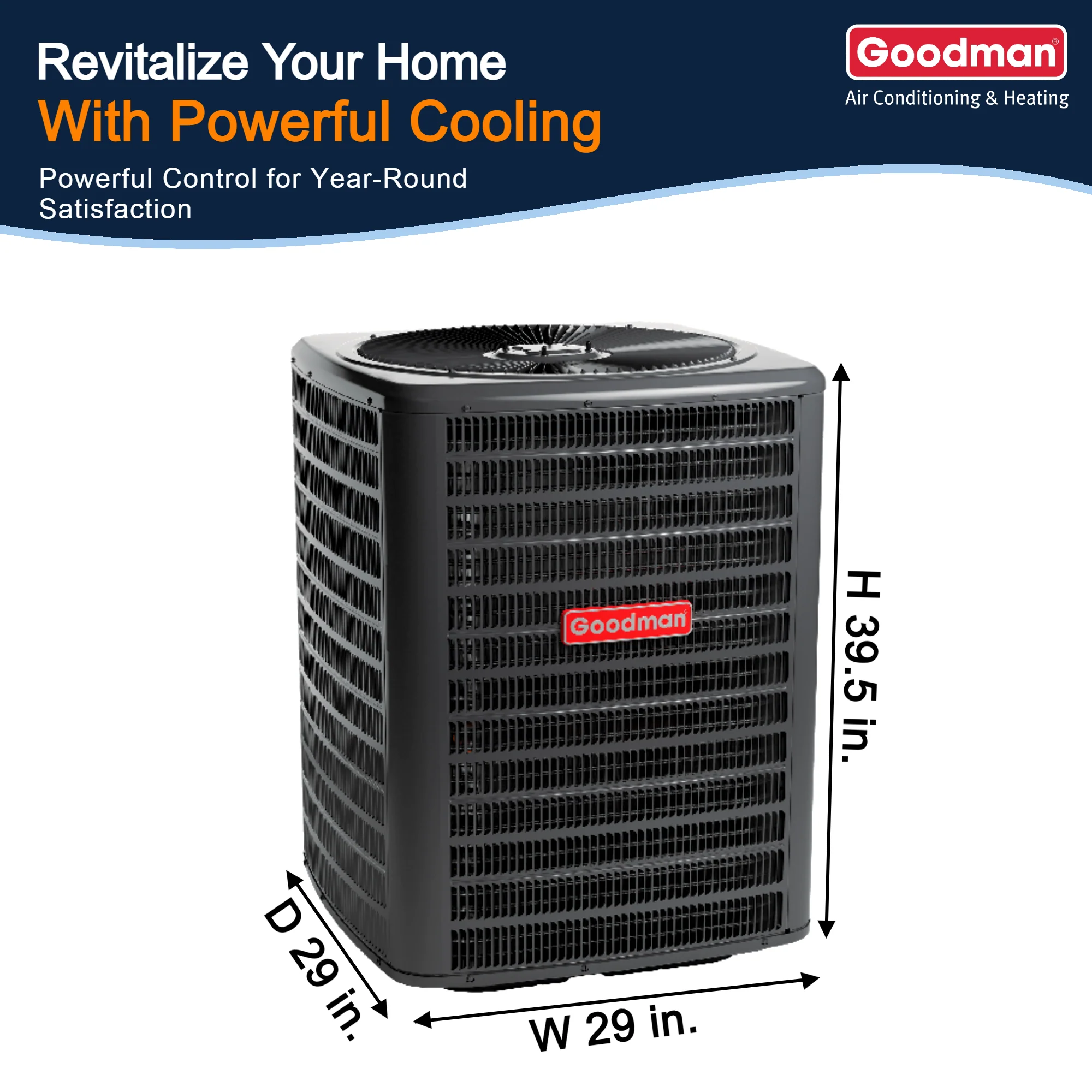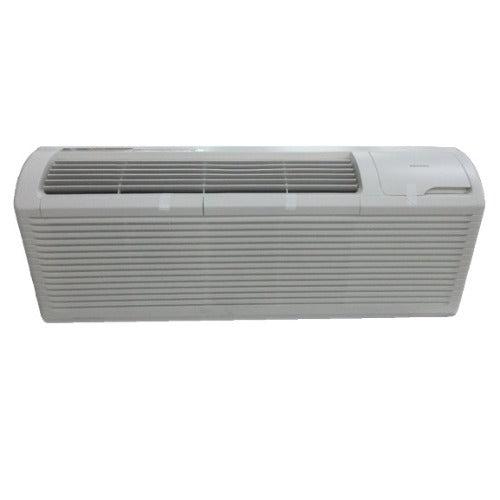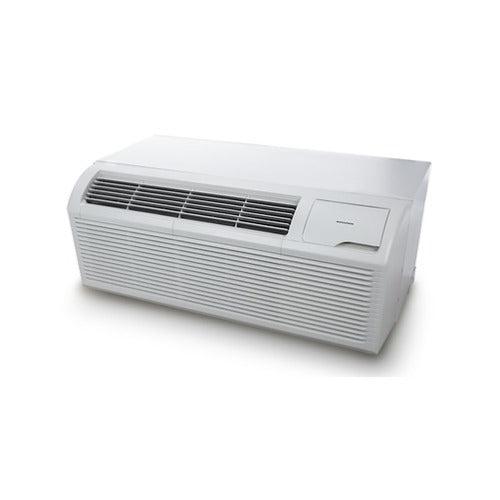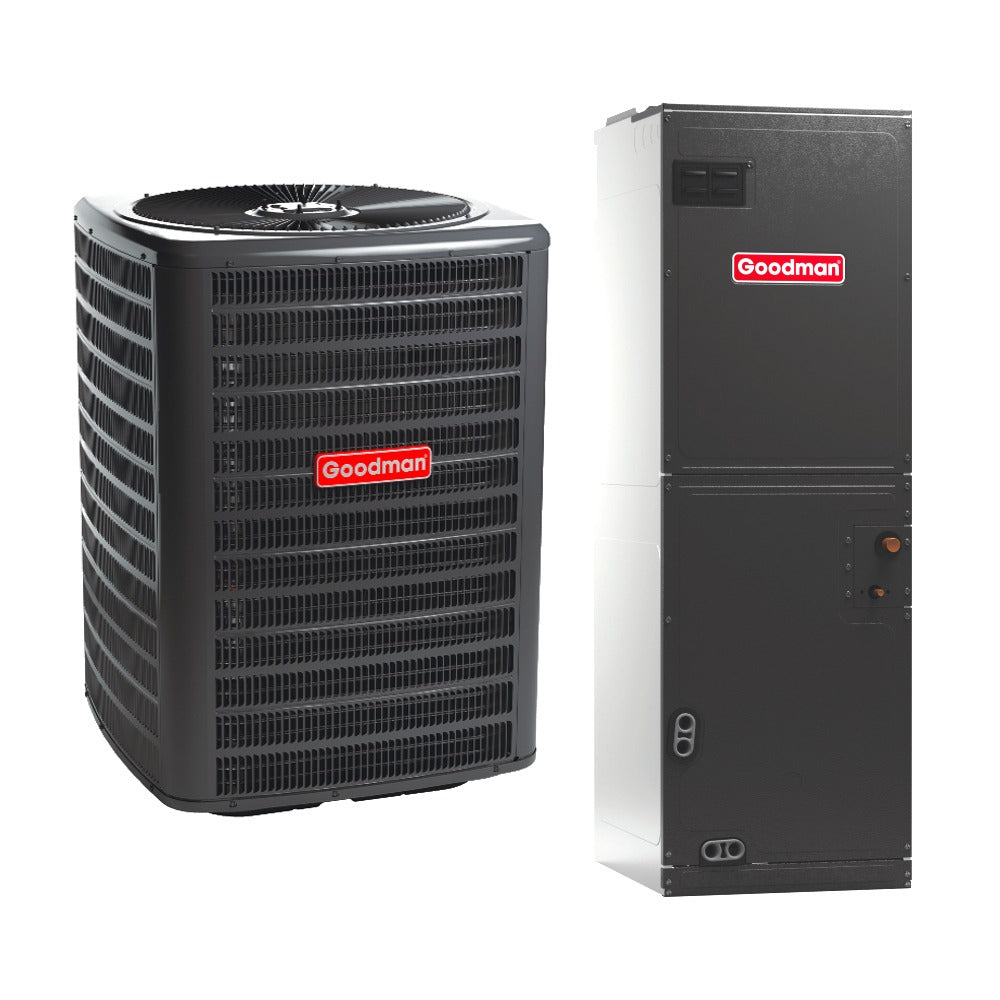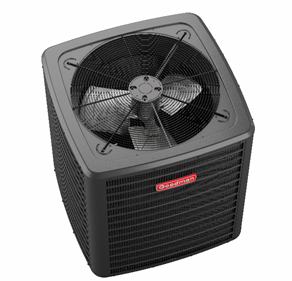Insights from a Veteran HVAC Technician | Real-World Solutions That Work
Introduction
The Goodman GLXS4BA3610 3 Ton 14.5 SEER2 R-32 AC system is engineered for performance and efficiency, but like all HVAC systems, it’s not immune to issues—especially if installation or maintenance is lacking. From compressor lockouts to refrigerant charge errors, this guide walks you through the most common service calls and exactly how to troubleshoot them.
This isn’t theory—these are the issues I’ve seen most often in the field, with proven solutions that’ll save you time, money, and callbacks.
1. System Won’t Start: Control Voltage or Thermostat Failures
Symptoms: No compressor or fan operation, no voltage at contactor coil.
Checklist:
-
Verify 24V at the contactor terminals from the thermostat (check R to Y)
-
Confirm transformer output and that the 3A fuse isn’t blown on the air handler control board (AMST36CU1300)
-
Ensure no float switch (condensate safety) is open due to clogged drain
Fix: Replace blown fuse, unclog drain, or replace faulty thermostat wiring.
2. Short Cycling or High Pressure Lockout
Symptoms: System shuts off after short run time, outdoor fan runs but compressor does not.
Checklist:
-
Check for dirty or blocked condenser coil
-
Verify refrigerant charge using superheat/subcooling
-
Inspect capacitor for microfarad rating drop (±6%)
Fix: Clean coil thoroughly, correct refrigerant charge, and replace capacitor if needed.
For coil cleaning procedures and part compatibility, refer to Goodman’s technical literature.
3. Ice Formation on Evaporator Coil
Symptoms: Poor cooling performance, visible frost on indoor coil.
Checklist:
-
Check filter and blower speed settings
-
Ensure TXV bulb is properly mounted and insulated
-
Measure airflow—target is 350–400 CFM per ton
Fix: Clean or replace filter, confirm blower motor is running at correct tap, check and reseat TXV bulb.
4. Noisy Compressor or Vibration Sounds
Symptoms: Buzzing, rattling, or whining noise from condenser.
Checklist:
-
Verify correct mounting and clearance around outdoor unit
-
Test compressor amperage draw and voltage imbalance
-
Check mounting grommets and base pan insulation
Fix: Add isolation pads, tighten fan and motor screws, replace damaged mounting hardware.
5. Weak Airflow or Uneven Cooling
Symptoms: Some rooms hot, others cold; poor air movement.
Checklist:
-
Inspect ductwork for leaks or disconnects
-
Confirm blower speed tap is set for correct static pressure
-
Clean evaporator coil and blower wheel
Fix: Seal ducts, adjust motor taps, balance dampers.
Need duct balancing or blower speed reference? Review ASHRAE’s Air Distribution Guidelines.
R-32 Specific Issues to Watch For
1. Leak Detection
-
R-32 leaks are harder to detect visually—use an A2L-compliant detector
-
Always check brazed joints at the evaporator coil
2. Overcharging
-
Small overcharges can lead to high head pressure and shutdowns
-
Always weigh in charge using a digital scale
For safety and charging tips, consult ASHRAE's R-32 refrigerant resource center.
Diagnostic Tools Every Tech Should Carry
-
Clamp meter with inrush current detection
-
Digital micron gauge
-
A2L-rated leak detector
-
Superheat/Subcooling chart specific to R-32
Investing in the right tools eliminates guesswork and helps build customer trust with accurate diagnoses.
Final Thoughts from the Field
Troubleshooting the Goodman GLXS4BA3610 isn't about memorizing manuals—it's about knowing where the system fails most often and working methodically. Over 20 years, I’ve learned that 80% of failures are caused by just a few issues: dirty coils, incorrect charge, and bad airflow.
Do the basics right, document everything, and your callbacks will drop fast. When in doubt, call Goodman Tech Support early—they’re more helpful than you think.

